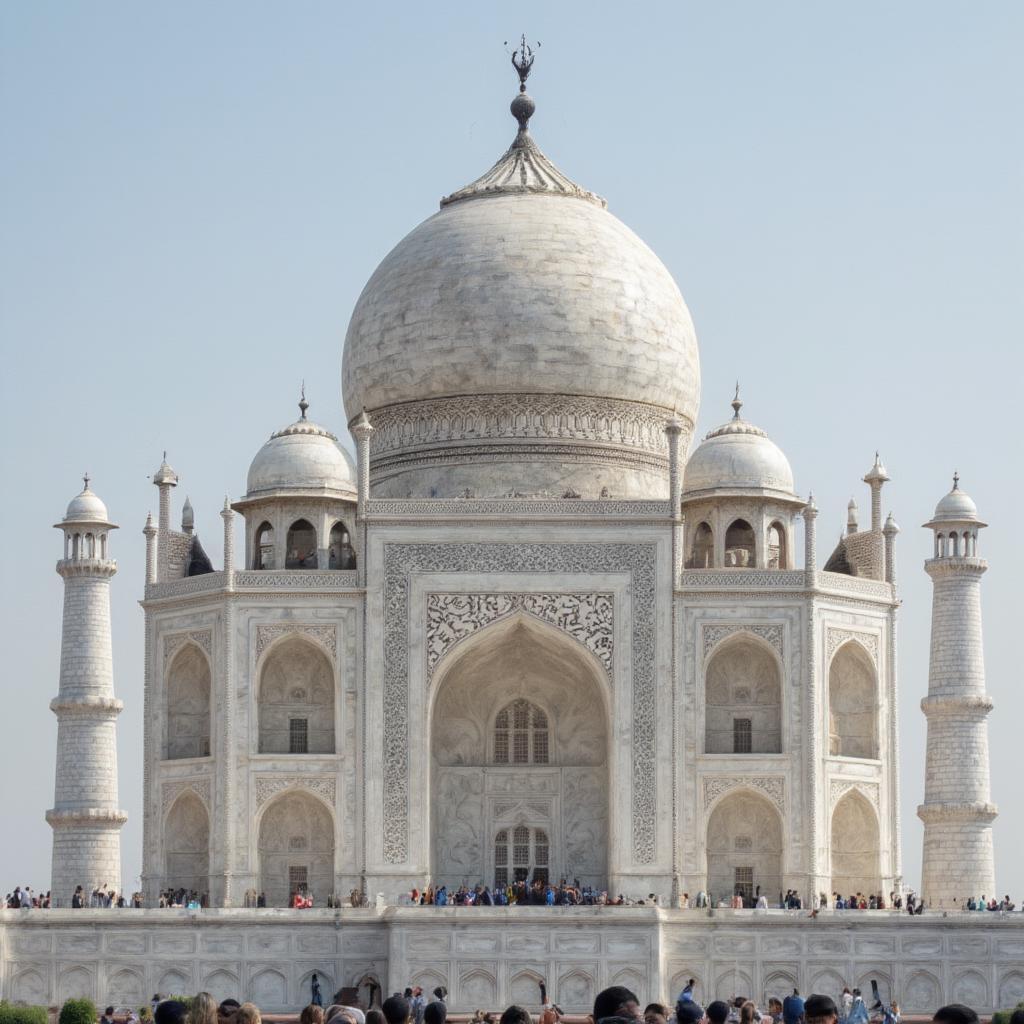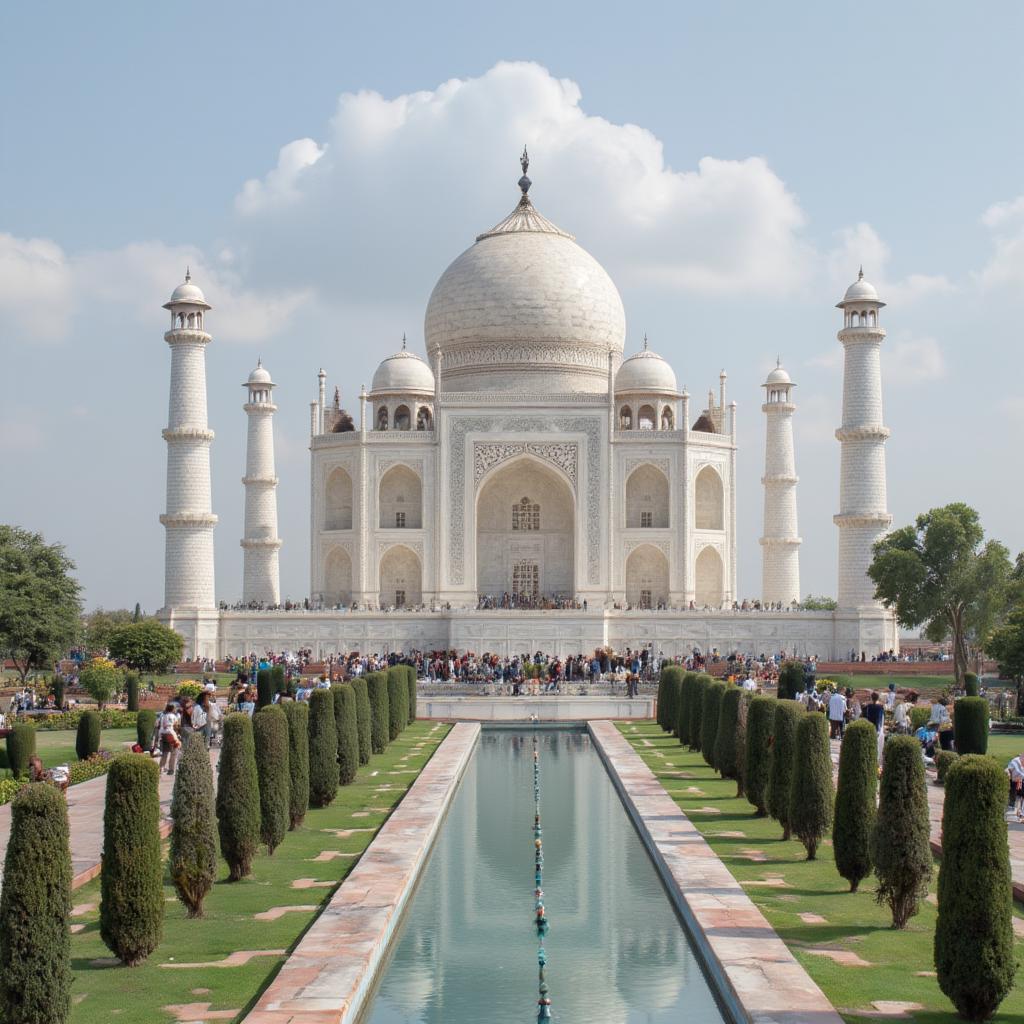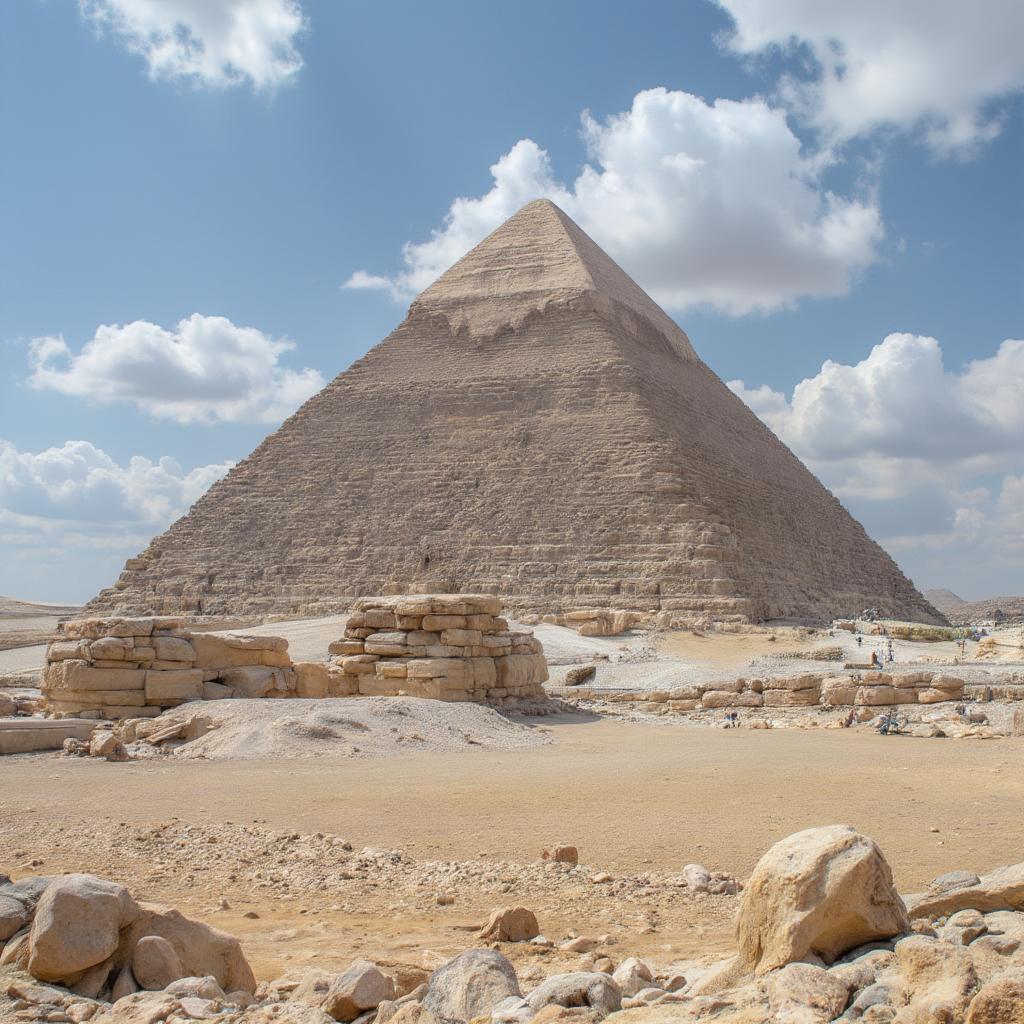Unveiling the Seven Wonders of the World: A Journey Through Time and Marvel
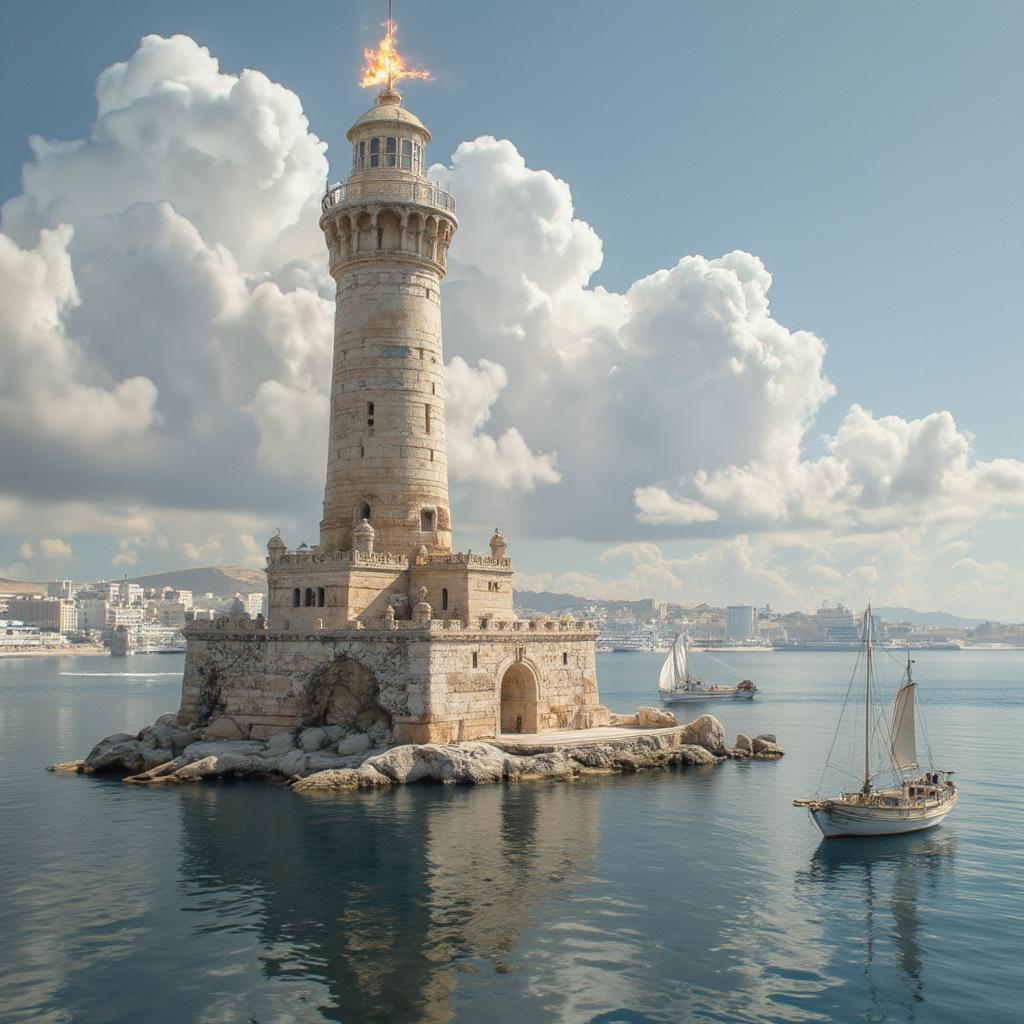
The phrase “seven wonders of the world” conjures images of awe-inspiring structures, each a testament to human ingenuity and artistic vision. But did you know that the concept itself has evolved over centuries, leading to debates about which marvels truly deserve the title? Let’s embark on a journey to explore the history, significance, and enduring legacy of these extraordinary monuments.
The Ancient Seven Wonders: A Glimpse into the Past
The original list, compiled by Hellenic historians, encompassed monuments mostly located around the Mediterranean. These were sites that impressed the travelers of that era with their scale, beauty, and engineering prowess. However, only one of these ancient wonders, the Great Pyramid of Giza, remains today. Let’s dive into the stories behind these long-gone wonders and the sole survivor.
The Great Pyramid of Giza: A Testament to Egyptian Ingenuity
The oldest and the only one still standing of the Seven Wonders of the Ancient World, the Great Pyramid stands as a colossal testament to the engineering skills of the ancient Egyptians. Built as a tomb for Pharaoh Khufu, its sheer size and complex construction continue to baffle engineers and historians alike.
The Hanging Gardens of Babylon: A Mythical Paradise
The fabled Hanging Gardens of Babylon, described as a lush, tiered oasis, are shrouded in mystery. Whether they were a real place or an embellishment of ancient storytellers is still debated by scholars. If true, it would be an amazing achievement of horticulture and architectural prowess.
The Statue of Zeus at Olympia: A Divine Sculpture
Crafted by the renowned Greek sculptor Phidias, the Statue of Zeus at Olympia was a massive, seated statue of the king of the gods, adorned with gold and ivory. Housed within the Temple of Zeus, this impressive sculpture symbolized the religious and artistic spirit of ancient Greece.
The Temple of Artemis at Ephesus: A Sanctuary of Grandeur
Dedicated to the Greek goddess Artemis, the Temple at Ephesus was a large marble edifice, lavishly decorated and an important religious and commercial hub. It was famed for its massive scale, its artistic decorations, and its destruction by an arsonist.
The Mausoleum at Halicarnassus: A Monumental Tomb
The Mausoleum at Halicarnassus, an elaborate tomb built for Mausolus, a satrap in the Persian Empire, set a new standard for funerary architecture. It is where the word “mausoleum” is derived. Its grandeur and complex structure solidified its place among the ancient wonders.
The Colossus of Rhodes: A Gigantic Bronze Statue
The Colossus of Rhodes was a colossal bronze statue of the sun god Helios, erected on the Greek island of Rhodes. This massive sculpture was one of the tallest statues in the ancient world until an earthquake brought it down just decades after its completion.
The Lighthouse of Alexandria: A Beacon of Knowledge

The Lighthouse of Alexandria, also known as the Pharos of Alexandria, was an exceptionally tall structure built by the Ptolemaic Kingdom, to guide ships into the busy harbor of Alexandria. It was one of the tallest man-made structures in the ancient world and a symbol of the city’s importance as a center of trade and learning.
“The ancient Seven Wonders represented the pinnacle of human achievement in their time. Each structure, regardless of its purpose, showed a deep understanding of the world, not just its physical but also its spiritual and cultural makeup,” – Dr. Alistair Finch, Professor of Ancient History, Cambridge University.
The New Seven Wonders: A Celebration of Global Heritage
In 2007, a global poll was held to choose the “New 7 Wonders of the World,” selecting structures that are still in existence. This initiative aimed to highlight the architectural diversity and cultural significance of monuments that continue to inspire today. These new wonders represent diverse cultures, showing how mankind has an inherent ability to achieve great wonders on every continent, not just those in the Mediterranean.
The Great Wall of China: A Symbol of Enduring Strength
A symbol of China’s historical power and defensive capabilities, the Great Wall of China is a series of fortifications, walls and watchtowers that stretch for thousands of miles. Its construction spans several dynasties, and it continues to be a remarkable feat of engineering and a major tourist attraction.
Chichén Itzá: A Journey into Mayan Civilization
Chichén Itzá, located in Mexico, is a complex of Mayan ruins that include temples, pyramids, and other structures, showcasing the advanced architectural and mathematical skills of this pre-Columbian civilization. The most famous structure here is the Temple of Kukulkan, a stepped pyramid that aligns with the equinox.
Christ the Redeemer: An Icon of Hope
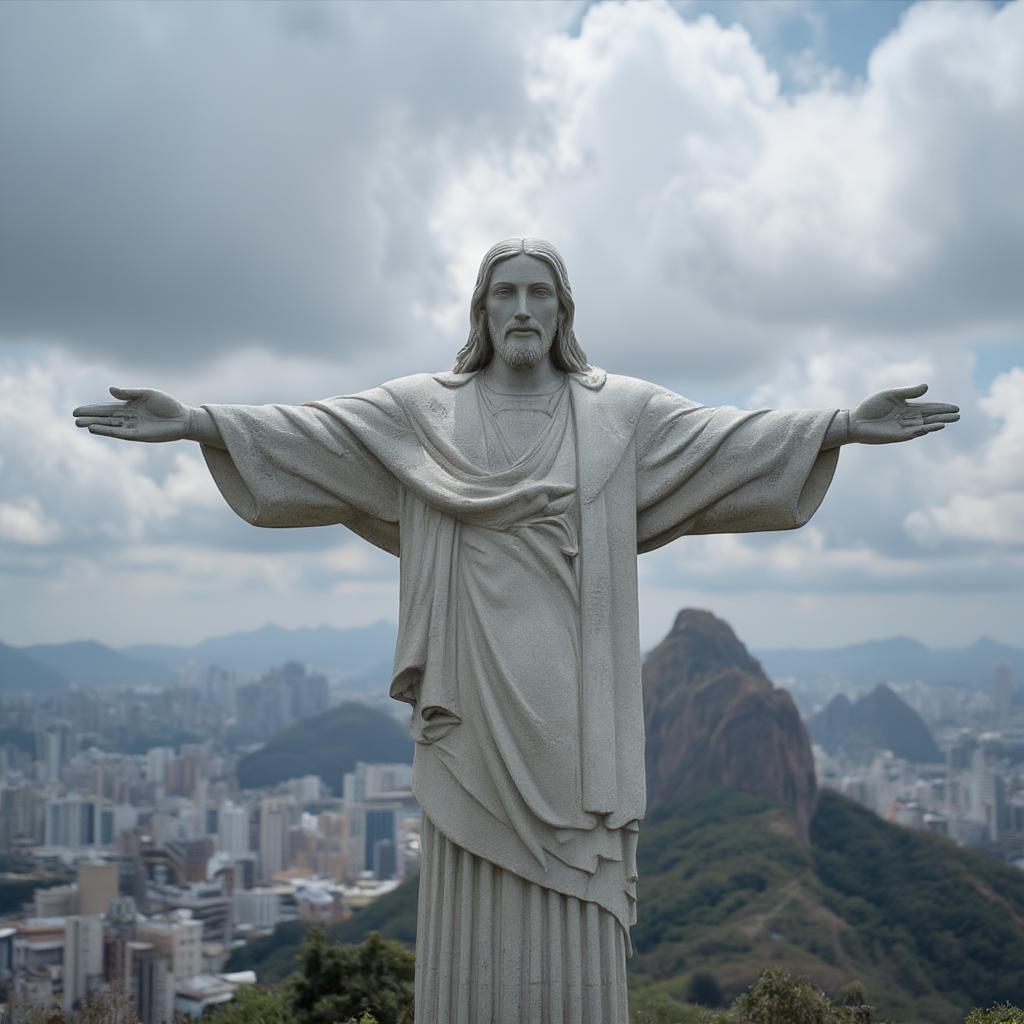
Overlooking the city of Rio de Janeiro, the Christ the Redeemer statue is an iconic symbol of Christianity and of the city itself. This massive Art Deco sculpture atop Corcovado Mountain stands as a beacon of hope and a testament to Brazilian artistry.
The Colosseum: Echoes of the Roman Empire
The Colosseum in Rome, Italy, a grand amphitheater built in the first century AD, serves as a reminder of the Roman Empire’s power and entertainment traditions. It hosted gladiatorial contests, public spectacles, and dramatic recreations of sea battles.
Machu Picchu: An Incan Citadel in the Sky
Nestled high in the Andes Mountains of Peru, Machu Picchu is an ancient Inca citadel that was rediscovered in the early 20th century. This extraordinary complex of stone structures, agricultural terraces, and water systems provides a glimpse into the ingenuity and architectural skills of the Inca civilization.
Petra: A City Carved in Stone
Petra, located in Jordan, is an ancient city that was carved directly into sandstone cliffs. The city was once a major hub for trade and shows off Nabataean engineering and artistic capabilities. Its stunning rock-cut architecture has earned it the nickname “the Rose City.”
Taj Mahal: A Monument to Love
The Taj Mahal in Agra, India, a symbol of eternal love, was built by Mughal emperor Shah Jahan in memory of his wife, Mumtaz Mahal. This mausoleum is renowned for its intricate marble inlay work, symmetry, and graceful architecture, representing both Mughal and Persian design traditions.
“The New Seven Wonders are a reflection of our shared global history and our appreciation for diverse cultures and achievements across time. They offer a lesson not only in the past but also a look into humanity’s artistic and creative abilities,” – Eleanor Vance, Cultural Heritage Specialist, UNESCO.
Why do We Still Celebrate the Seven Wonders?
The concept of the “Seven Wonders” has persisted throughout history, evolving to adapt to changing times. These lists are not just about showcasing impressive structures; they remind us of the incredible potential of human innovation, our ability to leave behind lasting legacies, and to push the boundaries of what is considered achievable. The very idea of a list of “wonders” speaks to our innate fascination with the extraordinary and the desire to connect with achievements across time and cultures.
What Makes a Wonder a “Wonder”?
So what are the criteria for a “wonder”? It is not just about the size or the height of a structure. It’s about a number of factors:
- Engineering Brilliance: These wonders often represent cutting-edge engineering achievements for their time, showcasing innovative techniques and the creative use of resources.
- Artistic Expression: They showcase high artistic standards in design, from grand scale to minute details that reflect the cultural norms and aesthetic preferences of their builders.
- Cultural Significance: Each wonder represents a deeper cultural, historical, or religious value for its civilization, becoming a testament to the society’s beliefs, traditions and aspirations.
- Enduring Legacy: The wonders have a story to tell that extends across centuries, continuing to inspire awe, spark curiosity and connect us to our shared heritage.
Which Wonders Will Future Generations Revere?
As we move forward, new structures, new sites will inevitably emerge that push the boundaries of what we think is possible, which will give future generations something to celebrate. Perhaps future lists will include space telescopes or megastructures that now are mere concept. It’s up to us to continue to appreciate the current wonders and inspire the next generation to create their own extraordinary achievements.
Conclusion
The Seven Wonders of the World, both ancient and modern, stand as symbols of human ingenuity, artistic expression, and cultural achievement. They invite us to journey through time and explore the remarkable diversity of our world. Visiting these sites allows us to appreciate not only the architectural marvels themselves but the history, culture, and people that created them. So, are you ready to start your journey of discovery and delve into these truly seven wonders of the world?

